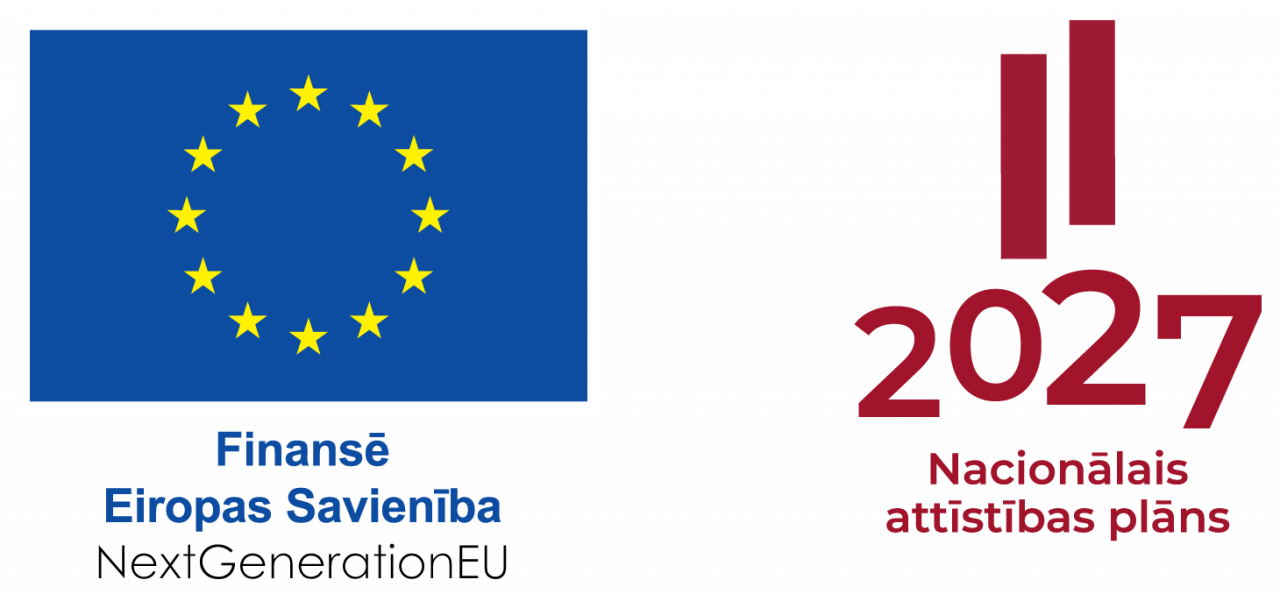
Pētniecības projekts putnu aizsardzībai VES ar Atveseļošanas fonda atbalstu
Ar Atveseļošanas fonda atbalstu AS "Latvenergo" un Latvijas Mobilais Telefons SIA īsteno pētniecības projektu Nr. EP.01 "Putnu automātiska detekcija un identifikācija vēja turbīnu parkos ar datorredzes un mašīnmācīšanās metodēm".
Pētniecības projekts Nr. EP.01 “Putnu automātiska detekcija un identifikācija vēja turbīnu parkos ar datorredzes un mašīnmācīšanās metodēm” tiek īstenots SIA "LEO Pētījumu centrs" projekta Nr. 1.2.1.2.i.2/1/24/A/CFLA/007 “Latvijas Elektrisko un optisko iekārtu ražošanas nozares kompetences centrs energoefektivitātes paaugstināšanai” ietvaros.
Projekta mērķis ir pētīt un izstrādāt metodi putnu automātiskai detekcijai un identifikācijai vēja turbīnu parkos, uzmanību pievēršot lielajiem planētājputniem, kuri ir īpaši pakļauti sadursmes riskam ar vēja turbīnu rotoru lāpstiņām.
Projekta ietvaros ir plānots izmantot kombinētu tehnoloģiju pieeju, integrējot radara tehnoloģiju ar augstas izšķirtspējas kameru sistēmām, lai nodrošinātu putnu novērošanu arī diennakts tumšajā laikā. Šāds izstrādātais risinājums būs autonomi izmantojams ornitofaunas monitoringam.
Projekta ietvaros paredzēts izveidot divus tehnoloģiskos risinājumus. Pirmais risinājums,izmantojot mašīnmācīšanās algoritmus, reāllaikā varēs veikt putnu detekciju pietiekamā attālumā un sugu identifikāciju. Otrs risinājums, izmantojot ESA radara sistēmu, varēs veikt putnu detekciju, trajektoriju analīzi un attāluma novērtēšanu, lai efektīvi novērstu sadursmju riskus atbilstoši turbīnu izmēriem.
Projekta laikā abas izstrādātās tehnoloģijas plānots apvienot vienā produkta prototipā nodrošinot plašāku un pilnvērtīgāku funkcionalitāti.
Projekta īstenošanas termiņš: 2027.gada 30.septembris
Projekta kopējais finansējums: 400 780.91 EUR
Īstenošanas pamats: Ministru kabineta 2024. gada 9. janvāra noteikumi Nr. 33 "Latvijas Atveseļošanas un noturības mehānisma plāna 1.2. reformu un investīciju virziena "Energoefektivitātes uzlabošana" 1.2.1.2.i. investīcijas "Energoefektivitātes paaugstināšana uzņēmējdarbībā (ietverot pāreju uz atjaunojamo energoresursu tehnoloģiju izmantošanu siltumapgādē un pētniecības un attīstības aktivitātes (t.sk. bioekonomikā))" 1.2.1.2.i.2. pasākuma "Inovatīvu produktu un tehnoloģiju izstrāde" īstenošanas noteikumi"
